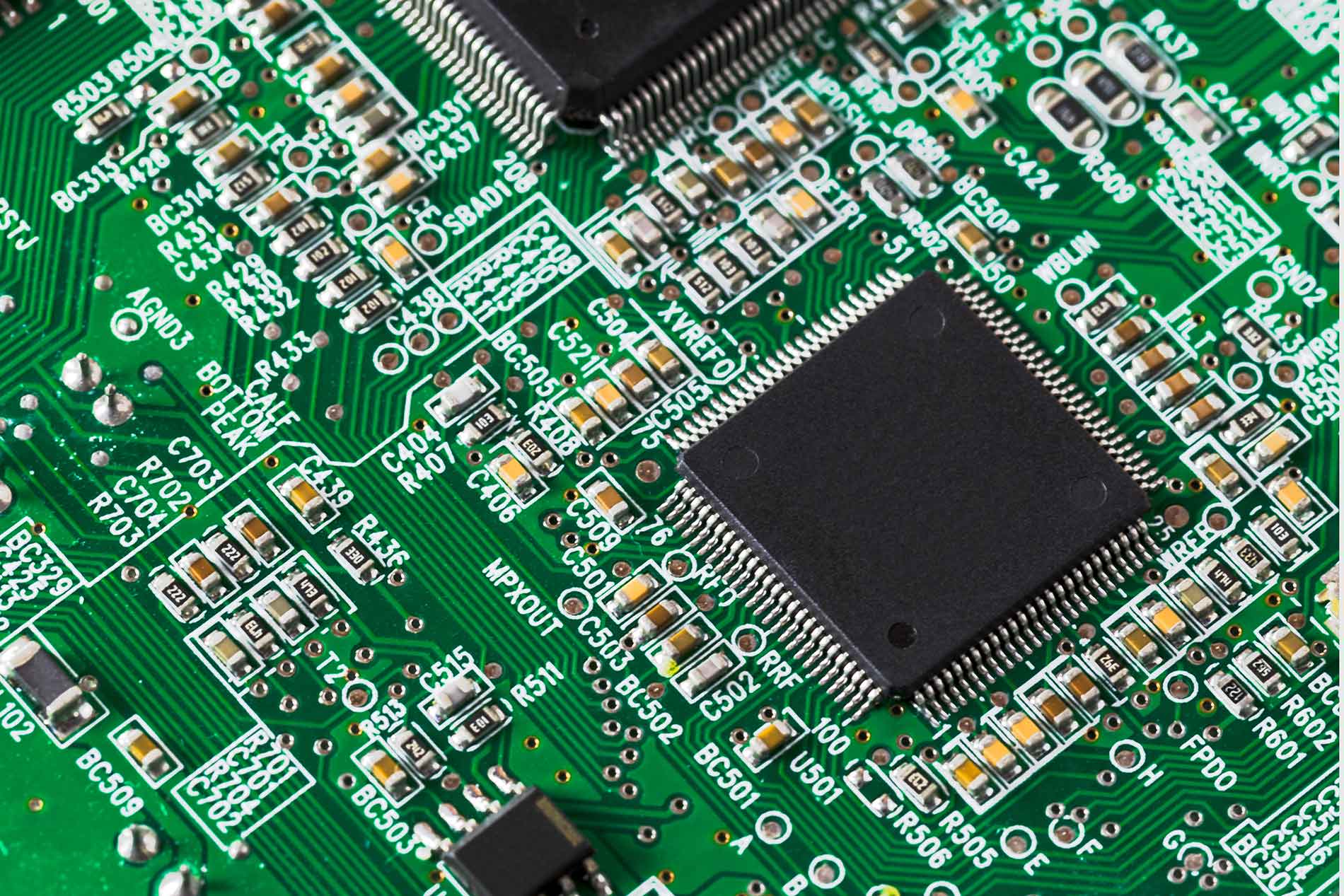Benefits of Electronic Interconnect’s lead-free solder:
Electronic Interconnect provides a variety of higher temperature laminates which are designed to withstand processing temperatures between 260 degrees to 288 degrees for use in conjunction with the lead-free solder finish.
- A lead-free finish at NO additional cost.
- Provides an enhanced solderable finish for assembly, providing little or no assembly barriers.
- Flatter pad surfaces than leaded solder.
EI manufactures circuit boards using customer specified RoHS compliant materials and the surface finishes listed below:
Electronic Interconnect provides a variety of higher temperature laminates which are designed to withstand processing temperatures between 260 degrees to 288 degrees for use in conjunction with the lead-free solder finish.
- Lead-Free Solder (SN100C)
- ENIG (Electroless Nickel Immersion Gold)
- Electrolytic Ni/Au
- Immersion Silver
- Immersion Tin
- OSP (Organic Surface Preservative)
- Soft Wire-Bondalble Gold
- And more...
SN100C (Pb-Free) at a glance
- Does not contain silver or bismuth.
- Eutectic alloy.
- Bridge-free and icicle-free soldering.
- Smooth, bright, well-formed fillets, free of gross micro-cracks, irrespective of the cooling rate.
- Good through-hole penetration.
- Good topside fillet formation.
- Dross rate equal or lower than tin-lead solder.
- Does not require a nitrogen atmosphere.
- Does not erode copper from holes, pads and tracks.
- Low rate of copper leaching makes it easy to control the copper content of the solder bath.
- Lower aggressiveness to stainless steel and other solder pot materials as compared to tin-silver-copper alloys.
- Thermal fatigue resistance and creep strength better than tin-lead.
- Slow, even growth of the intermetallic layer at the solder/substrate interface.
- Also performs well in selective and dip soldering.
Customer experience over several years is that the TOTAL cost of running a standard wave soldering machine with SN100C, when all factors are taken into account, can be up to one third the cost of running the same machine with tin-silver-copper alloys. The actual saving in each case will depend on the number of factors that apply, but the cost of running a line with SN100C is always lower than the cost of running the same line with tin-silver-copper.
What are the RoHS and WEEE Standard? What is the effect?
The Restriction of Hazardous Substances Directive (RoHS) 2002/95/EC was adopted in February 2003 by the European Union (EU). The RoHS directive took effect on July 1, 2006, but is not a law — it is simply a directive. Each EU member state will adopt its own enforcement and implementation policies under the directive as a guide. RoHS is often referred to as the “lead-free” directive, but it restricts the use of six substances: lead, mercury, cadmium, chromium VI (also known as hexavalent chromium), and PBB and PBDE (flame retardants used in some plastics).
RoHS is closely linked with the Waste Electrical and Electronic Equipment Directive (WEEE) 2002/96/EC, which sets collection, recycling, and recovery targets for electrical goods and is part of a legislative initiative to solve the problem of huge amounts of toxic e-waste. The directive applies to equipment as defined by a section of the WEEE directive. These include large household appliances, small household appliances, IT equipment, consumer equipment, electronics, and electrical tools.
What is Electronic Interconnect doing to maintain RoHS and WEEE standards?
EI is committed to the goal of producing products in accordance with scientific and legislative standards established to protect human health and maintain a sound environment. Therefore, EI resolved to begin integration of RoHS-approved technologies and materials in June 2005 and was fully compliant with the provisions of RoHS by July 1, 2006. Effective August 1, 2006, EI offers an in-house lead-free solder as a default finish on all printed circuit boards. The lead-free boards are produced using a lead-free alloy consisting of 99.3% tin and 0.6% copper with a trace of nickel SN100CL that meets all legislative requirements for the European Union’s RoHS directive.
Lead-Free Soldering - Why?
The main reason is for producing products in accordance with scientific and legislative standards established to protect human health and to maintain a sound environment. The simplest explanation for the tremendous interest in lead-free soldering is FEAR: Fear of Legislation, Fear of Trade Barriers, and Fear of Competition. Most companies do not necessarily want to change to lead-free but rather are motivated by a combination of these three fears.
- The WEEE/RoHS directives in Europe and similar mandates in Japan have instilled fear that a legislative body will prohibit the use of lead in electronics soldering.
- If a particular country disallows lead in electronics, a trade barrier is created between that country and anyone not capable of providing lead-free electronics solutions.
- Some companies are already producing electronics products with lead-free solder alloys and marketing them as such. This has led to fears of being left behind commercially.
What cost increase can be expected between “standard” and RoHS circuit boards?
EI provides RoHS compliant circuit boards at no extra cost.
Are there any special layout concerns when designing RoHS compliant circuit boards?
No
How do I order a Lead Free PCB Board from Electronic Interconnect ?
If you have a lead-free design and want a quotation, please send your complete data package to sales@eiconnect.com and we will send you a quotation within two business hours.
Is there a special marking on the circuit boards that would indicate RoHS compliance?
We can add “RoHS” text or a “Pb-Free” logo on a PCB upon request. The criteria needed for this is to provide indication in the Gerber data (for copper, silk, etc.) and an approx. location.

